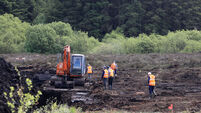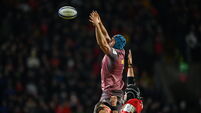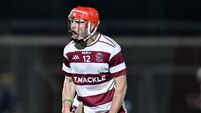Childhood accidents linked to smaller brain size

Dr Célia Demarchi: 'Using the results of this research could allow us to start looking at those scans for abnormalities in terms of the growth of the different areas of the brain.'
Road accidents, falls and sports injuries can result in some children’s brain volumes being smaller than expected — which can be linked to learning and behaviour problems, a British study has found.
One 11-year-old cyclist hit by a car was found to have a low attention span and anger control issues afterwards, despite experiencing no effects on his intellectual ability from the accident.
The study, led by Imperial College London (ICL) and Great Ormond Street Hospital, compared brain development in children with moderate or severe brain injuries against measurements of children’s brains developing normally.
In this case, the boy was hit by a car going 30 miles/hour (48km/hr). He was not wearing a helmet, and was intubated on the scene, remaining unconscious for two weeks.
No focal brain injury was found. When he was assessed aged 14, his intellectual ability was in the high averages and he was doing well at school.
However, neuropsychological assessment showed he had problems paying attention and persistent problems managing anger. His family was worried about his social communication skills.

MRI results were normal but analysis of his brain volume indicated it was smaller in some areas than expected.
A 13-year-old girl was also hit by a car, but while walking, suffering a skull fracture. On assessment three years later, it was clear she struggled with processing information at speed and found making choices difficult.
She also had low attention span scores. “Visual reporting identified low cortical volume for a person of this age,” the study found.
Study author Dr Célia Demarchi, ICL Department of Brain Sciences and Great Ormond Street Hospital, said: “When children or young people suffer a serious blow to the head, they are usually given a scan to look for any brain injury.
“Using the results of this research could allow us to start looking at those scans for abnormalities in terms of the growth of the different areas of the brain.”
The study, published in medical journal , notes it is more challenging to spot these differences between children than in adults as their brains are still developing.










